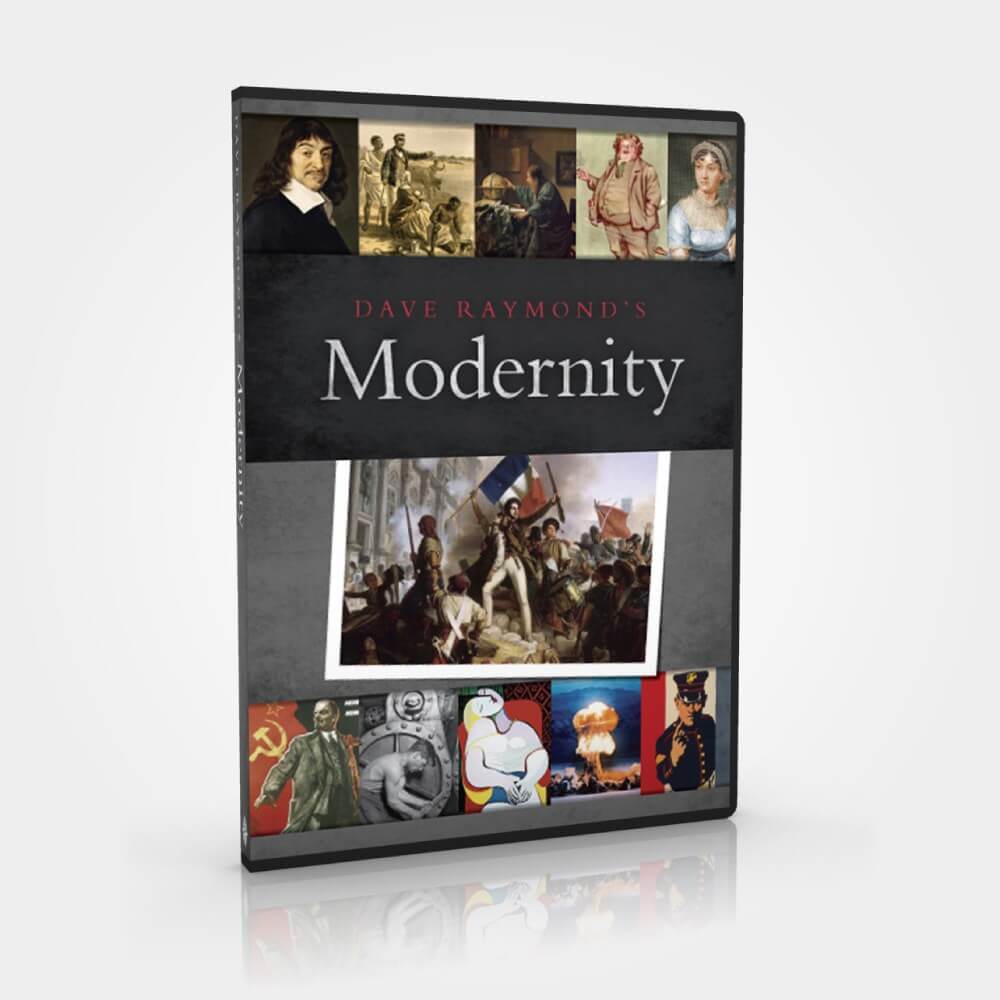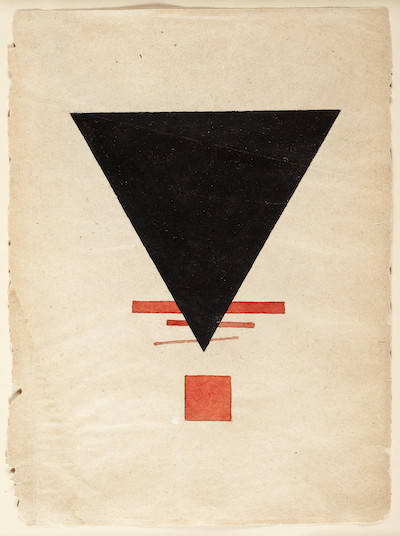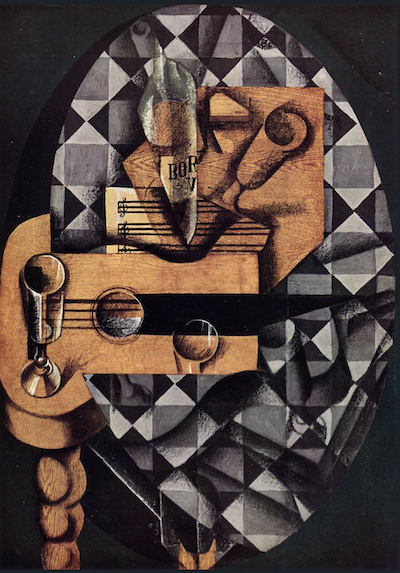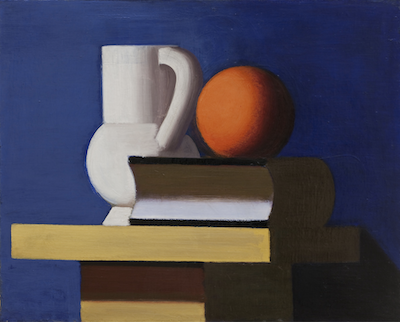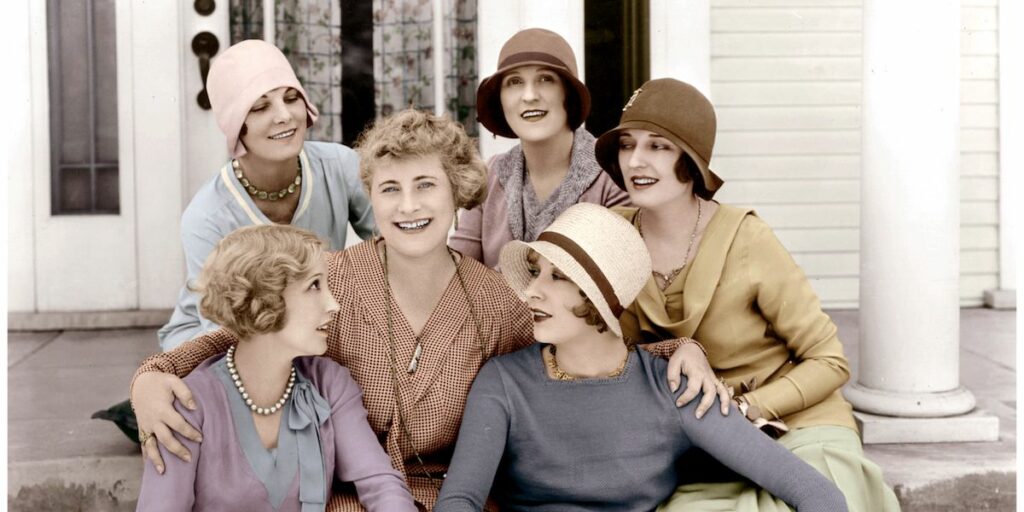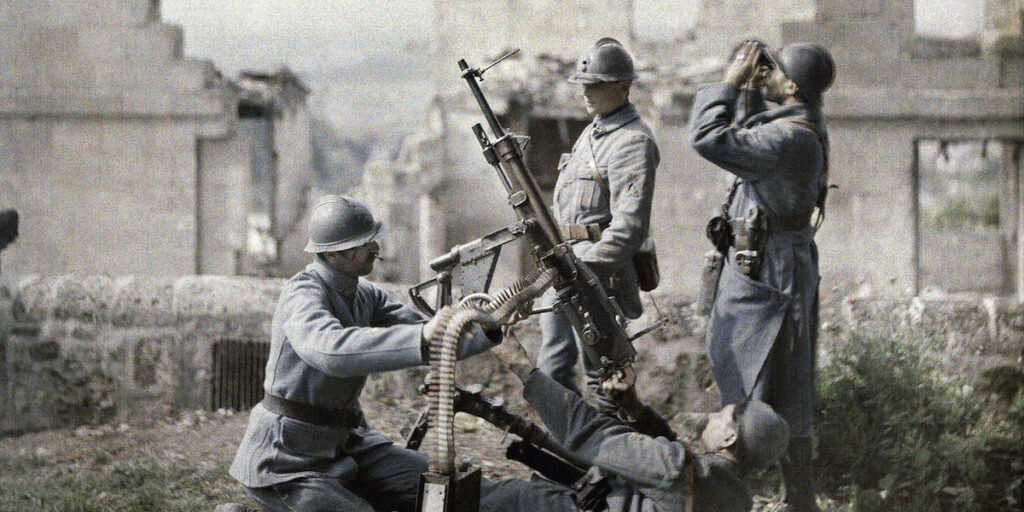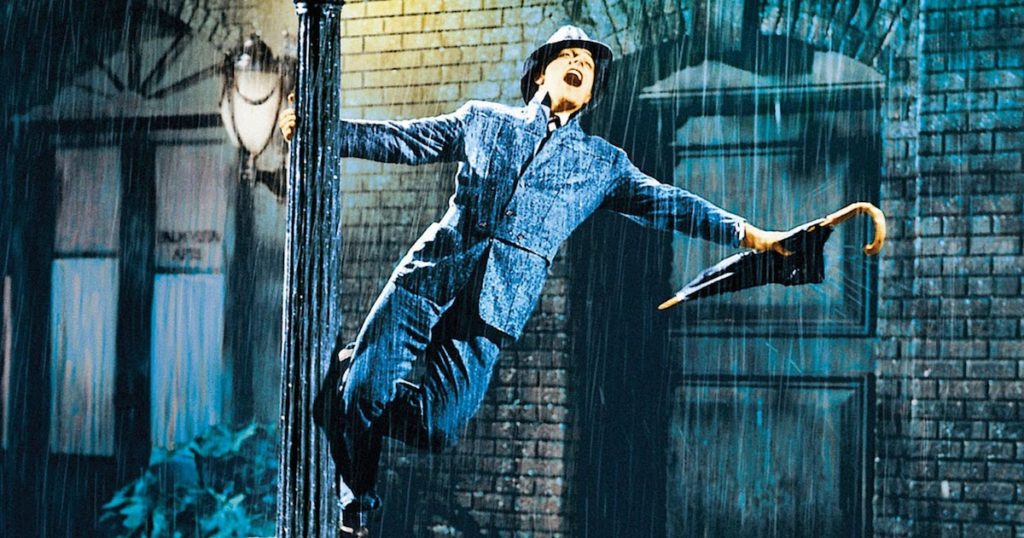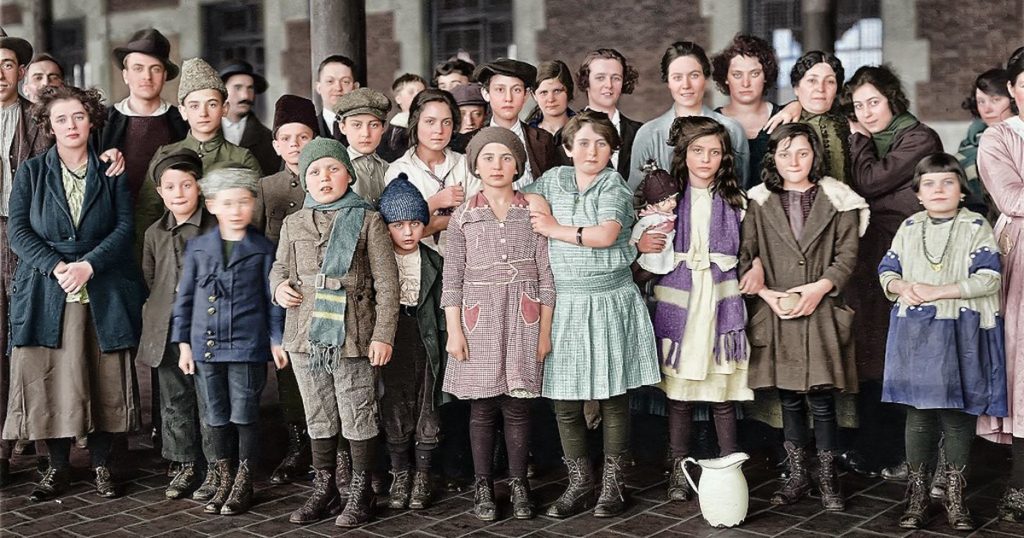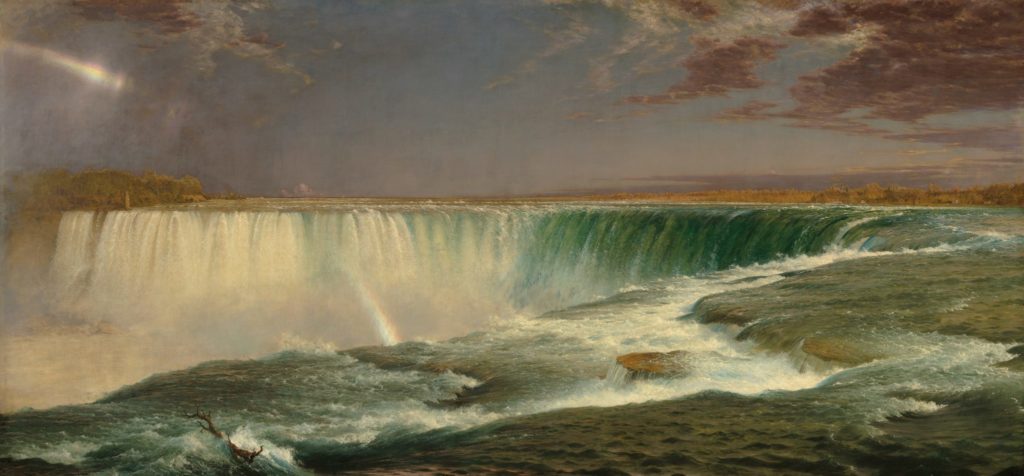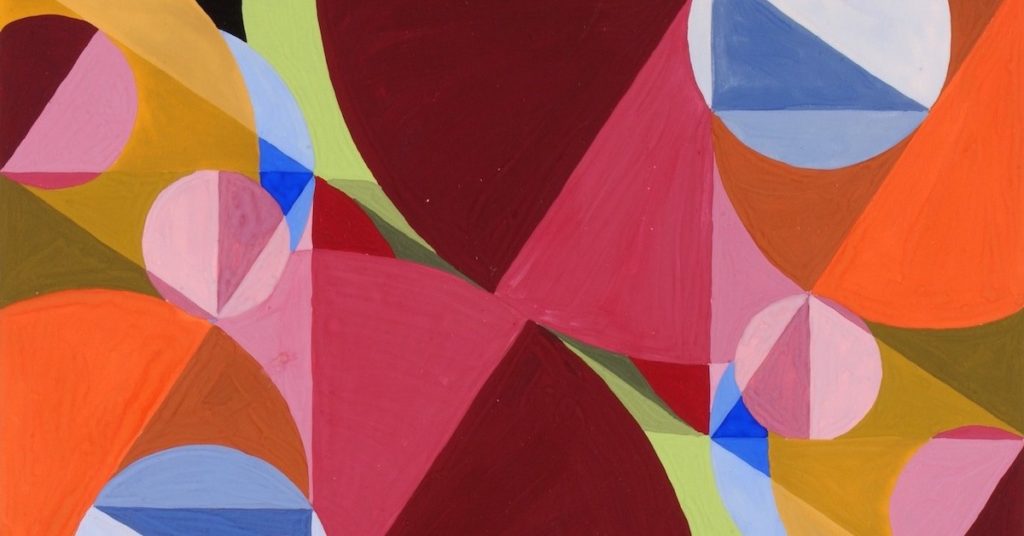
Modern Art Movements | Modern World History Teaching Resources
The impact of modern art on history is impossible to ignore. Artists developed new ways of looking at the world and presenting what they saw or hoped to find.
Some artists longed to join the avant-garde and the newfound respectability of the elite, while others were content to follow a commercial path to success based on public approval. The schools and movements presented below highlight some of the most important artists and works. Use them to get an understanding of the historical and philosophical changes that emerged in the modern era.
Dave Raymond covers modern art schools and movements in Lesson 19 of his Modernity World History curriculum. Please use the resources below to provide additional context for your homeschool students as they are studying these significant artistic and historical developments.
N.B. Modern art reflects modern sensibilities. As Dave explains, some of the most important modern artwork covers subjects and themes that are antithetical to a Biblical worldview. Preview any of the exhibits below for artwork appropriate to the age and stage of your child before using.
One great place to start your journey of exploration is this overview of modern art from Smart History.
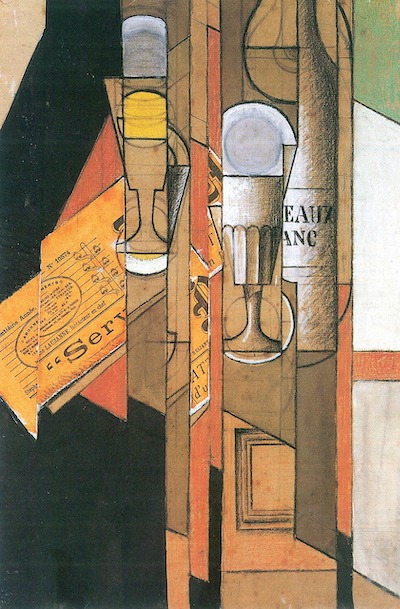
Juan Gris 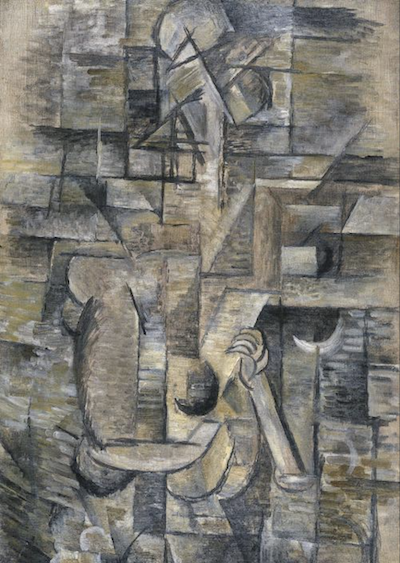
Georges Braque 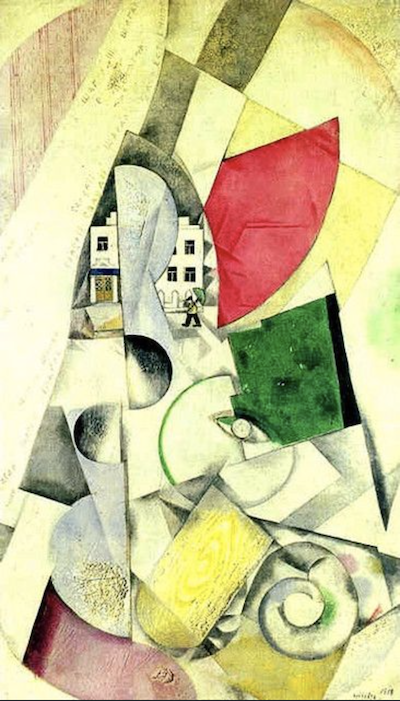
Marc Chagall
Expressionism & Cubism
Expressionism —Scroll through organized thumbnails in an exhibit at The Guggenheim Museum. Make sure to click show more to see a full history of this movement.
Timeline of German Expressionism —A thorough, text-based timeline with representative images from The MoMA.
Abstract Expressionism —An interactive article from The MoMA. More of a parent or teacher resource due to the level of reading.
Abstract Expressionist New York: Introduction to The MoMA Exhibition —History of the movement and background to the exhibit [4:48].
What is abstract expressionism? —An animated TedEd presentation that focuses on the work of Jackson Pollock [4:49].
Expressionism Around the World —An interactive tour from Google Arts & Culture.
Expressionism —An article with excellent explanatory video [4:16] from National Galleries Scotland.
The Cubies‘ ABC —A playful and dismissive 1913 book which downplays the new Cubist movement. Based on ABC books for children. See example images below.
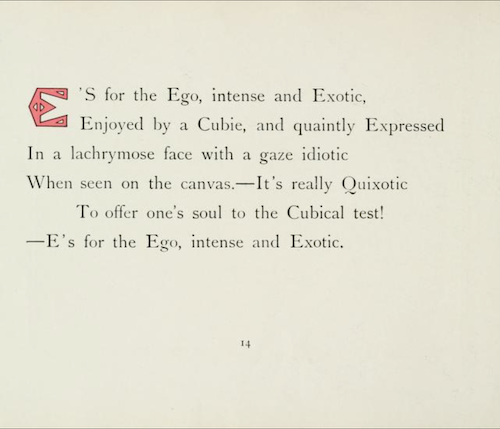
“E’s for Ego” 
“It’s really Quixotic To offer one’s soul to the Cubical test”
Cubism —An interactive web page from The Art Story.
History of Cubism —An article with images from History.com
Cubism Exhibit at The Guggenheim —Click each piece of art to learn more.
Cubist Collection at the Met —An interactive gallery with 85 works.
Dadaism to Pop
Dada at the Tate —An interactive article with images.
Dadaism —The Art Story presents a timeline, important images, and a history of the movement.
Dada —The MoMA Learning center presents helpful background to study the art of the period.
Pop Art at The Guggenheim —An online exhibit.
Pop Art —Collages presented by The Art Story.
Pop Art at the Tate —Useful images and details with a great page for younger students here.
Bauhaus to International Style
The Bauhaus —An interactive essay from The Met .
Bauhaus —Summary, figures, and representative works by The Art Story.
Bauhaus at the Tate —The Tate Gallery explains the revolution of this movement.
International Style —Background from the Art Story
International Style Exhibit —A few household objects from the Kirkland Museum
Modern Architecture: International Exhibition —Read primary source documents about the 1932 MoMA exhibit.

